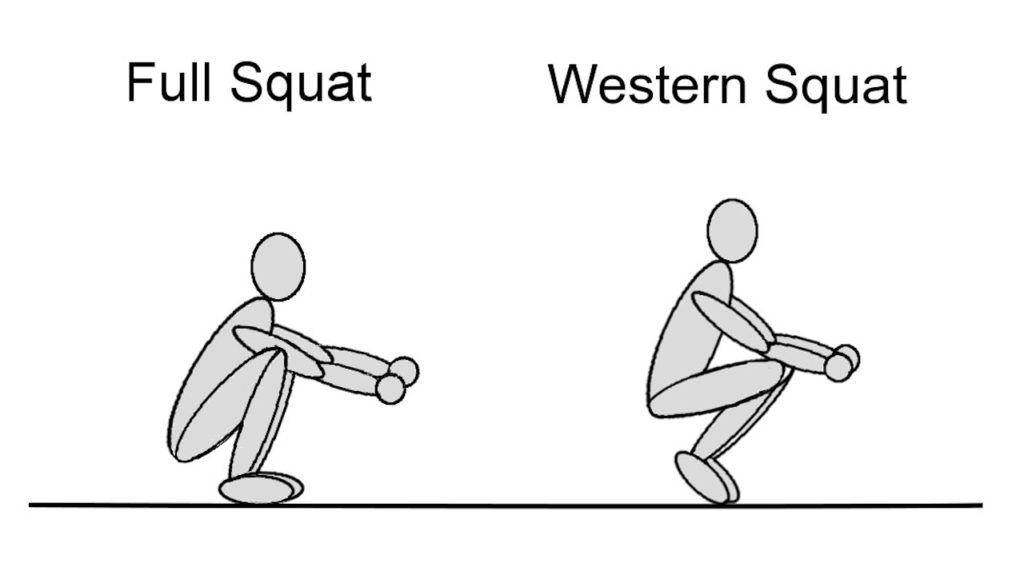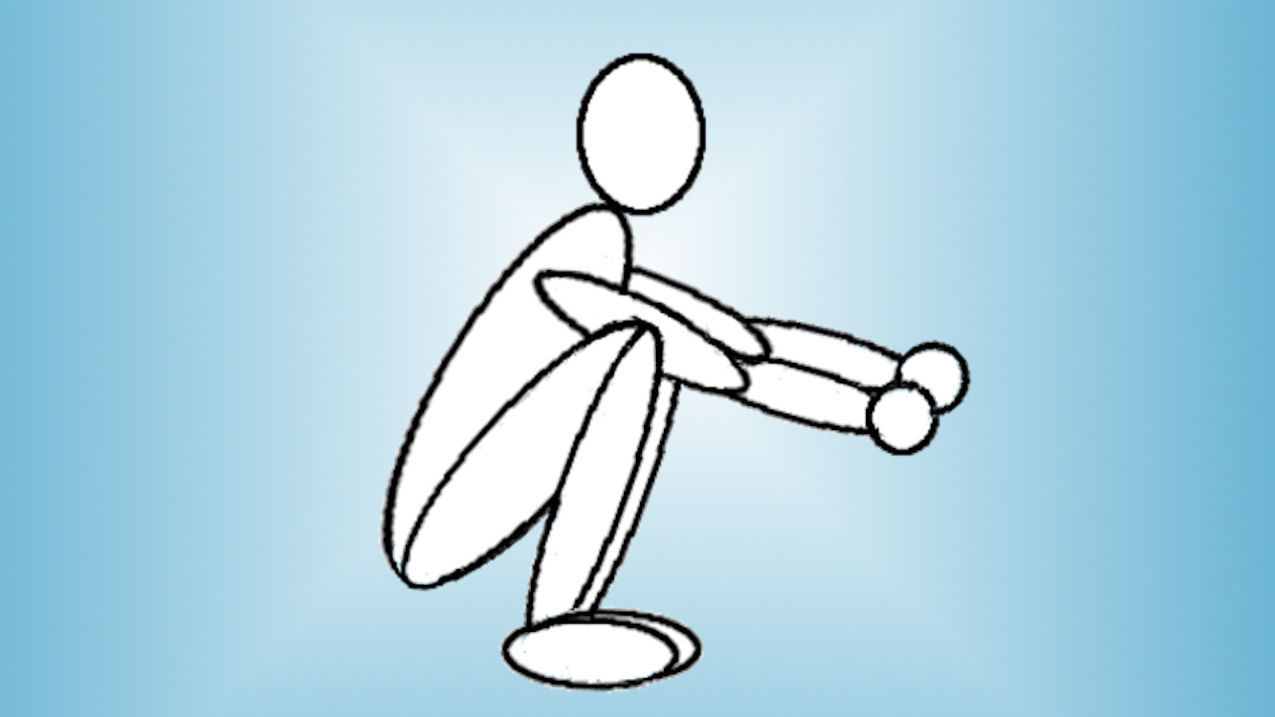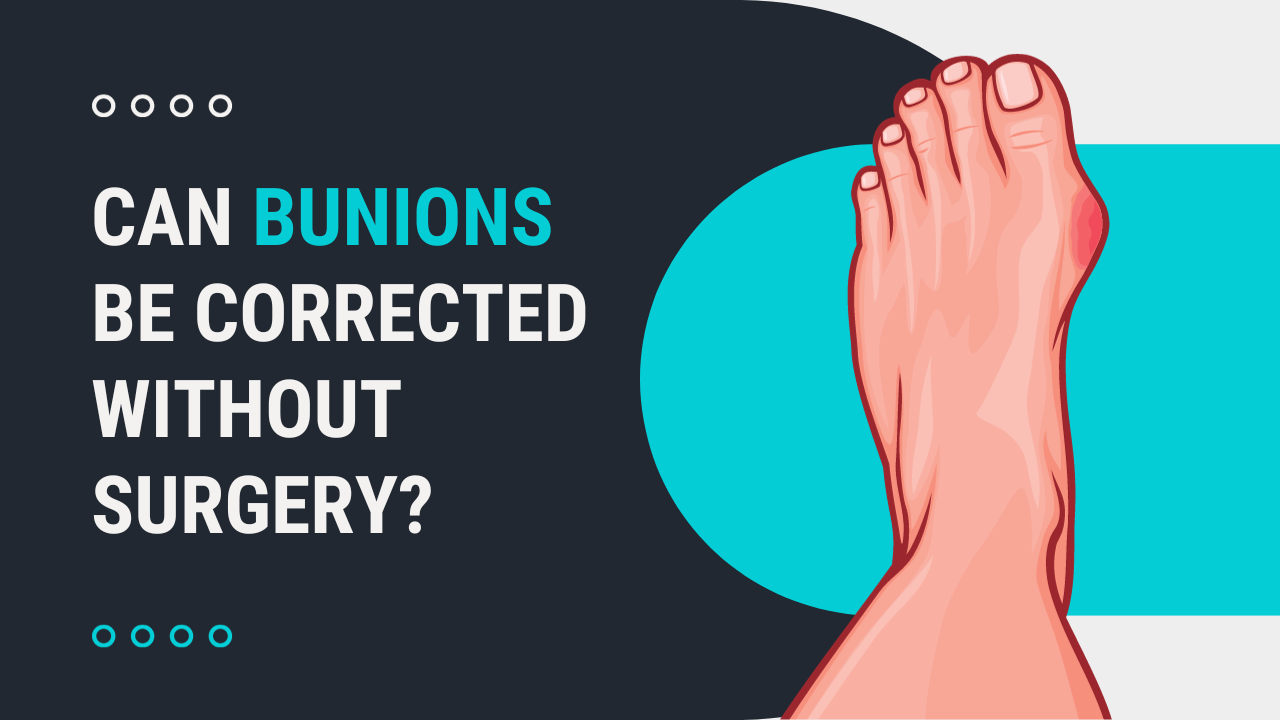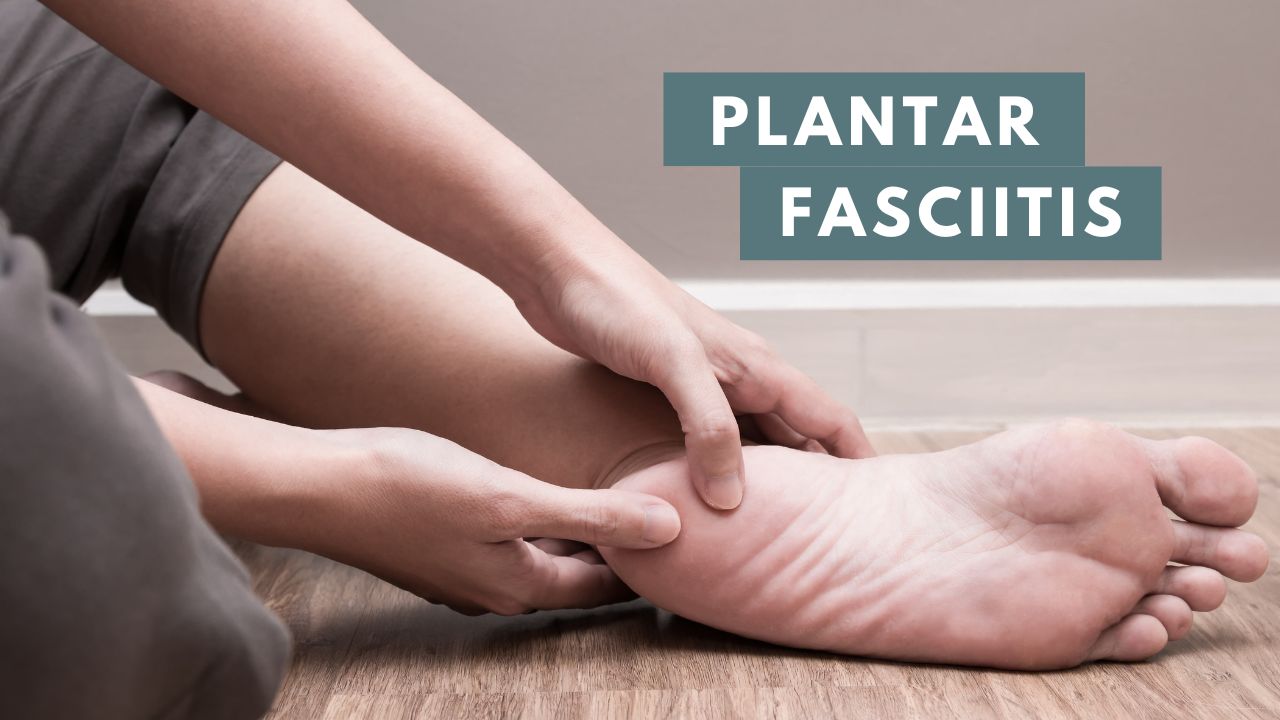Born to Squat
The full or deep squat refers to a position where the knees are flexed to the point that the backs of the thighs rest against the calves with the heels remaining flat on the floor. Young children under the age of four will instinctively go into a deep squat when they want to reach for something low, and often hold themselves in a stable squatting position to engage in play.
Among Asian adults, squatting often replaces sitting.1 Many cultures throughout history have relied on the squatting posture as a means of performing work, eating meals, or resting.
Modern society has all but eliminated the need to squat in our daily lives. This is one reason why many adults have difficulty achieving a full squat. It’s a case of use it or lose it.
Another reason relates to the design of modern footwear that often features an elevated or raised heel. Habitual shoe wearing causes a shortening of the calf muscles and Achilles tendon, and a gradual loss of the ankle mobility required to properly do a squat. This often leads people to perform a variation called the Western squat, where the heels remain propped up in the air.
Of course, other factors can be involved when considering how deep a person squat. These include an individual’s unique anatomy or previous injuries.
Fortunately, many of the adverse effects brought on from frequent sitting, improper footwear, and squat avoidance are reversible. When performed correctly, the full squat carries many benefits for physical health. Squatting can be performed as a body weight exercise, to reach something on the ground, or simply as a rest position.
5 Health Benefits of the Full Squat
1. Ankle Mobility
Limited ankle dorsiflexion range of motion is a common problem linked to a number of other issues in the body, including overpronation, bad posture, and runner’s knee. A loss of ankle mobility is caused by both inflexibility in the calf muscles and Achilles tendon, and stiffness in the joint. A proper squat, with the heels flat on the floor, requires good flexibility at the ankle. Getting into and maintaining a full squat is a great way to improve ankle mobility and restore full range of motion.
2. Functional Training
The ability to move in and out of a deep squat position can transfer to everyday activities, like getting up from a low seat or picking something off of the floor.
3. Effective Strengthening
Studies show that deep squatting is more effective at developing the leg muscles.2
4. Glute Activity
The gluteus maximus is one of the largest muscles in the body and with good reason. The muscle comprises the bulk of the buttock region and is integral to performing many activities we do on a daily basis like walking, lifting, and running. The glute max is also an important stabilizer muscle of the trunk and leg. EMG studies have shown that during a squat the glute muscles become more active the deeper you go.3 This means the same strengthening benefit cannot be achieved from only squatting in a partial range of motion. Coming in and out of a deep squat is by far one of the most effective ways to strengthen the glutes. Not many people are going to complain about having a firmer backside.
5. Posture Correction
The cumulative effect of working on the joint range of motion and muscle strength needed to full squat can result in an improvement in both static and dynamic posture. When joint mobility and lower body strength are improved the entire musculo-skeletal system will naturally be able to assume better alignment, which can have a tremendous impact on the way we look, feel, and move. The full squat is a way to reverse some of the bad habits the body has assembled from our modern lifestyle.
The Modern Squat
When a person not used to performing a full squat attempts to squat down, often times their heels will lift off the floor, or they will fall backward. These are two signs of a loss of ankle flexibility. Here is a picture demonstrating the difference between a full depth squat and the Westernized squat that occurs when the ankles are stiff.

Notice how in the Western squat the ankle remains at about a 90-degree angle. Without adequate ankle mobility, attempting to go any lower would move the center of gravity behind the base of support, and the person would lose their balance and tip over backward. The disadvantages of remaining up on the toes include:
- a higher center of gravity and smaller base of support (the toes), making this a less stable position.
- an overuse of the calf muscles to stay in the position, making it unsuitable for resting
- increased compression of the soft tissue between the upper and lower leg
Many adults instinctively go into the Western squat because it has become physically impossible for them to get their heels down. Correctly performing a full depth squat is a sign of good mobility and strength and can be a reasonable goal for anyone looking to improve their fitness.
Preparing to Squat
Since the squat is such a basic and functional movement, simply practicing getting into the position is often all that is needed to achieve proper form. For anyone unfamiliar with the squatting movement it would be wise to work on the smaller components first, to build up the necessary strength and motor control needed to get in and out of the position. Here is an article and video showing the fundamentals of good squatting technique and providing some recommendation on ways to progress for beginners.
For someone who finds they have the strength to squat down but then have difficulty getting their heels flat without losing their balance, it might be necessary to do some extra calf and ankle stretching to gain flexibility.
Are Squats Bad for Your Knees?
Some people may have heard advice that performing a full squat is dangerous or bad for the knees. Squatting like most exercises carries a certain degree of risk, but the notion that squats hurt the knees is largely a myth.
When performed properly the risks are greatly reduced and usually outweighed by the benefits that can be gained from regular squatting.
Based on current evidence, full range of motion squatting using your own body weight is not only a safe activity but one that can have a great influence on overall physical health. Still, it is important to be aware of the risks to lower any potential for injury before performing any movement the body is not accustomed to doing. The two major concerns usually voiced over squatting are the potential for joint wear leading to arthritis and ligament injuries.
Squats may actually decrease the risk of arthritis
During a squat, there are increased compressive forces on the joints of the knee. Very few studies, however, have shown that squatting can cause damage to the joint. One retrospective study on a group of elderly subjects in Beijing found that those who reported squatting several hours a day in their youth were more likely to demonstrate osteoarthritis of the tibiofemoral (TF) joint.4 A later study, however, found that squatting actually decreased the risk of TF arthritis when performed at least 30 minutes a day.5
The reason for these contradictory findings is not clear. The important thing to remember is that, as is true for most activities, moderation is key. The body is certainly capable of adapting to a natural squatting position, and almost all of us were able to do it at some point in our lives.
The other joint in the knee subject to increased loads during squatting is the patellofemoral (PF) articulation, between the underside of the knee cap and the femur. The compressive forces at the PF joint increase as the knee moves into flexion (depth of squat). However, during that time the contact surface of the joint also increases.6 The increase in contact area distributes the joint forces over a larger surface area, which maintains, or even reduces, joint stress as you get deeper in your squat. Patellofemoral compression force should still be a consideration though for anyone with a history of anterior knee problems or cartilage damage of the patellofemoral joint.
In regards to ligament injuries, the idea the deep squatting when performed as a weightlifting exercise causes ligament laxity in the knee can be traced back to an older study performed in the 1960s. Later studies have refuted these results and actually found that squatting enhances knee stability.7,8
The same principles that apply to other forms of exercise also apply for squats. Squatting too often, holding the position for hours on end, or not allowing your body to recover between squatting session can place you at increased risk for injury.
Summary
The full squat is a natural human posture often used as an alternative to sitting in Asian cultures and among young children, but rarely performed by adults in Westernized countries. Spending time in a squat position offers many health benefits and can serve as a way to correct postural imbalances. Squatting is a safe activity when performed properly. Someone who is healthy and in relatively good physical shape without a history of knee injuries should be able to squat safely with minimal risk. Individuals with a history of knee injury need to give consideration to the increased forces placed on the structures of the knee when squatting. A lack of ankle mobility is usually the limiting factor that would prevent an individual from reaching full depth. The ability to do a full depth squat is a sign of good physical health.
PS: This is blog post I wrote many years ago sharing my thoughts on full squatting. While my thoughts haven’t changed drastically since I originally published this, I am still planning to update this post in the near future with my current thoughts and new research on the topic.
References
1. Dobrzynski J. “An Eye on China’s Not So Rich and Famous”. The New York Times. Retrieved Sep 23 2012.
2. Kubo, K., Ikebukuro, T., & Yata, H. (2019). Effects of squat training with different depths on lower limb muscle volumes. European Journal of Applied Physiology, 119(9), 1933–1942.
3. Caterisano A, Moss RF, Pellinger TK, Woodruff K, Lewis VC, Booth W, Khadra T. The effect of back squat depth on the EMG activity of 4 superficial hip and thigh muscles. J Strength Cond Res. 2002 Aug;16(3):428-32.
4. Liu CM, Xu L. Retrospective study of squatting with prevalence of knee osteoarthritis. Zhonghua Liu Xing Bing Xue Za Zhi. 2007 Feb;28(2):177-9.
5. Lin J, Li R, Kang X, Li H. Risk factors for radiographic tibiofemoral knee osteoarthritis: the wuchuan osteoarthritis study. Int J Rheumatol. 2010;2010:385826.
6. Besier TF, Draper CE, Gold GE, Beaupré GS, Delp SL. Patellofemoral joint contact area increases with knee flexion and weight-bearing. J Orthop Res. 2005 Mar;23(2):345-50.
7. Chandler T, Wilson G, Stone M. The effect of the squat exercise on knee stability. Med Sci Sports Exerc. 21(3). Pp 299-303. 1989.
8. Escamilla RF. Knee biomechanics of the dynamic squat exercise. Med Sci Sports Exerc. 2001 Jan;33(1):127-41.


